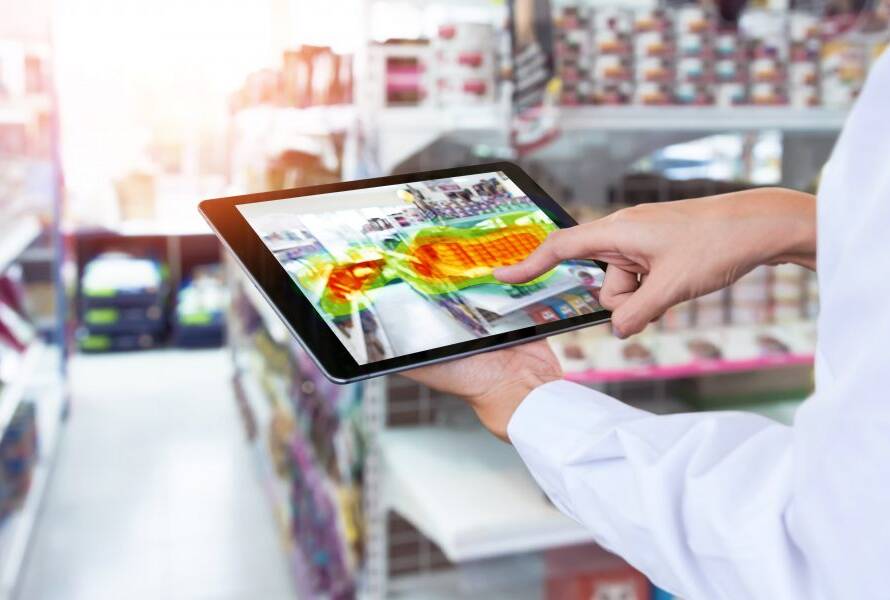
Editor Introduction
For many years, security systems produced their share of “data exhaust.” Every access control action and each video image became a data point to be stored in perpetuity, with no practical way to use the data. More recently, systems have been developed to enable organizations to analyze data from sensors and other connected devices to gain valuable insights into how their systems are being used, to identify potential vulnerabilities; and even to provide insights into broader enterprise operations. We asked this week’s Expert Panel Roundtable: How are data analytics changing the course of the security marketplace?
 From an IP video perspective, the data has always been there; it is only within the past few years that the security space has begun to use this data to create more efficiencies and predictors. We know that many end users’ systems have grown in size, and employing the operators necessary to watch and respond in real-time to these real-life events has been costly. Usher in the use of real-time AI, and now even end users with small and large systems can see and respond to these events in real-time. They can also review reports of these events to allow for more efficient responses regarding future events. Over time, AI technology has become more accurate and usable. AI has allowed manufacturers to create tools that enable our end-user customers to be more efficient and provide a solution for them to reduce their liabilities.
From an IP video perspective, the data has always been there; it is only within the past few years that the security space has begun to use this data to create more efficiencies and predictors. We know that many end users’ systems have grown in size, and employing the operators necessary to watch and respond in real-time to these real-life events has been costly. Usher in the use of real-time AI, and now even end users with small and large systems can see and respond to these events in real-time. They can also review reports of these events to allow for more efficient responses regarding future events. Over time, AI technology has become more accurate and usable. AI has allowed manufacturers to create tools that enable our end-user customers to be more efficient and provide a solution for them to reduce their liabilities.
Editor Summary
As our Expert Panelists point out, analytics can turn physical security (and cybersecurity) data into smart, actionable insights that improve operations, efficiency, revenue generation, and the customer experience, among other benefits. The use of analytics is enabling security practitioners to shift from a reactive to a proactive stance, in some cases identifying problems at an early stage and contributing to the company’s bottom line.




